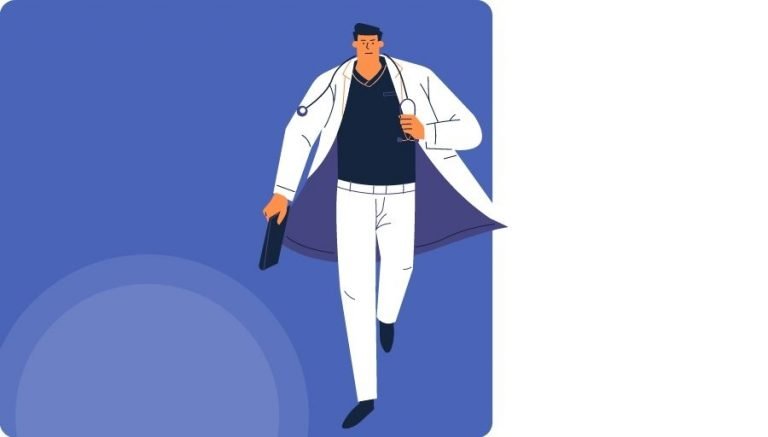Paraphilic Disorder – Definitions & ICD 11 Codes
Definition of Paraphilic Disorder: Paraphilic disorders are characterised by persistent and intense patterns of atypical sexual arousal, manifested by sexual thoughts, fantasies, urges, or behaviours, the focus of which involves others whose age or status renders them unwilling or unable to consent and on which the person has acted or by which he or she is markedly distressed. Paraphilic disorders may include arousal patterns involving solitary behaviours or consenting individuals only when these are associated with marked distress that is not simply a result of rejection or feared rejection of the arousal pattern by others or with significant risk of injury or death.
Inclusions:
- paraphilias
Exhibitionistic disorder
Definition of Exhibitionistic disorder: Exhibitionistic disorder is characterised by a sustained, focused and intense pattern of sexual arousal—as manifested by persistent sexual thoughts, fantasies, urges, or behaviours—that involves exposing one’s genitals to an unsuspecting individual in public places, usually without inviting or intending closer contact. In addition, in order for Exhibitionistic Disorder to be diagnosed, the individual must have acted on these thoughts, fantasies or urges or be markedly distressed by them. Exhibitionistic Disorder specifically excludes consensual exhibitionistic behaviours that occur with the consent of the person or persons involved as well as socially sanctioned forms of exhibitionism.
ICD 11 Code For Exhibitionistic disorder
6D30 Exhibitionistic disorder
Voyeuristic disorder
Definition of Voyeuristic disorder: Voyeuristic disorder is characterised by a sustained, focused and intense pattern of sexual arousal—as manifested by persistent sexual thoughts, fantasies, urges, or behaviours—that involves observing an unsuspecting individual who is naked, in the process of disrobing, or engaging in sexual activity. In addition, in order for Voyeuristic Disorder to be diagnosed, the individual must have acted on these thoughts, fantasies or urges or be markedly distressed by them. Voyeuristic Disorder specifically excludes consensual voyeuristic behaviours that occur with the consent of the person or persons being observed.
ICD 11 Code For Voyeuristic disorder
6D31 Voyeuristic disorder
Pedophilic disorder
Definition of Pedophilic disorder: Pedophilic disorder is characterised by a sustained, focused, and intense pattern of sexual arousal—as manifested by persistent sexual thoughts, fantasies, urges, or behaviours—involving pre-pubertal children. In addition, in order for Pedophilic Disorder to be diagnosed, the individual must have acted on these thoughts, fantasies or urges or be markedly distressed by them. This diagnosis does not apply to sexual behaviours among pre- or post-pubertal children with peers who are close in age.
ICD 11 Code For Pedophilic disorder
6D32 Pedophilic disorder
Coercive sexual sadism disorder
Definition of Coercive sexual sadism disorder: Coercive sexual sadism disorder is characterised by a sustained, focused and intense pattern of sexual arousal—as manifested by persistent sexual thoughts, fantasies, urges or behaviours—that involves the infliction of physical or psychological suffering on a non-consenting person. In addition, in order for Coercive Sexual Sadism Disorder to be diagnosed, the individual must have acted on these thoughts, fantasies or urges or be markedly distressed by them. Coercive Sexual Sadism Disorder specifically excludes consensual sexual sadism and masochism.
ICD 11 Code For Coercive sexual sadism disorder
6D33 Coercive sexual sadism disorder
Frotteuristic disorder
Definition of Frotteuristic disorder: Frotteuristic disorder is characterised by a sustained, focused and intense pattern of sexual arousal— as manifested by persistent sexual thoughts, fantasies, urges, or behaviours— that involves touching or rubbing against a non-consenting person in crowded public places. In addition, in order for Frotteuristic Disorder to be diagnosed, the individual must have acted on these thoughts, fantasies or urges or be markedly distressed by them. Frotteuristic Disorder specifically excludes consensual touching or rubbing that occur with the consent of the person or persons involved.
ICD 11 Code For Frotteuristic disorder
6D34 Frotteuristic disorder
Other paraphilic disorder involving non-consenting individuals
Definition of Other paraphilic disorder involving non-consenting individuals: Other paraphilic disorder involving non-consenting individuals is characterised by a persistent and intense pattern of atypical sexual arousal— manifested by sexual thoughts, fantasies, urges, or behaviours— in which the focus of the arousal pattern involves others who are unwilling or unable to consent but that is not specifically described in any of the other named Paraphilic Disorders categories (e.g., arousal patterns involving corpses or animals). The individual must have acted on these thoughts, fantasies or urges or be markedly distressed by them. The disorder specifically excludes sexual behaviours that occur with the consent of the person or persons involved, provided that they are considered able to provide such consent.
ICD 11 Code For Other paraphilic disorder involving non-consenting individuals
6D35 Other paraphilic disorder involving non-consenting individuals
Paraphilic disorder involving solitary behaviour or consenting individuals
Definition of Paraphilic disorder involving solitary behaviour or consenting individuals: Paraphilic disorder involving solitary behaviour or consenting individuals is characterised by a persistent and intense pattern of atypical sexual arousal— manifested by sexual thoughts, fantasies, urges, or behaviours— that involves consenting adults or solitary behaviours. One of the following two elements must be present: 1) the person is markedly distressed by the nature of the arousal pattern and the distress is not simply a consequence of rejection or feared rejection of the arousal pattern by others; or 2) the nature of the paraphilic behaviour involves significant risk of injury or death either to the individual or to the partner (e.g., asphyxophilia).
ICD 11 Code For Paraphilic disorder involving solitary behaviour or consenting individuals
6D36 Paraphilic disorder involving solitary behaviour or consenting individuals
Paraphilic disorders unspecified
ICD 11 Code For Paraphilic disorders unspecified
6D3Z Paraphilic disorders unspecified







